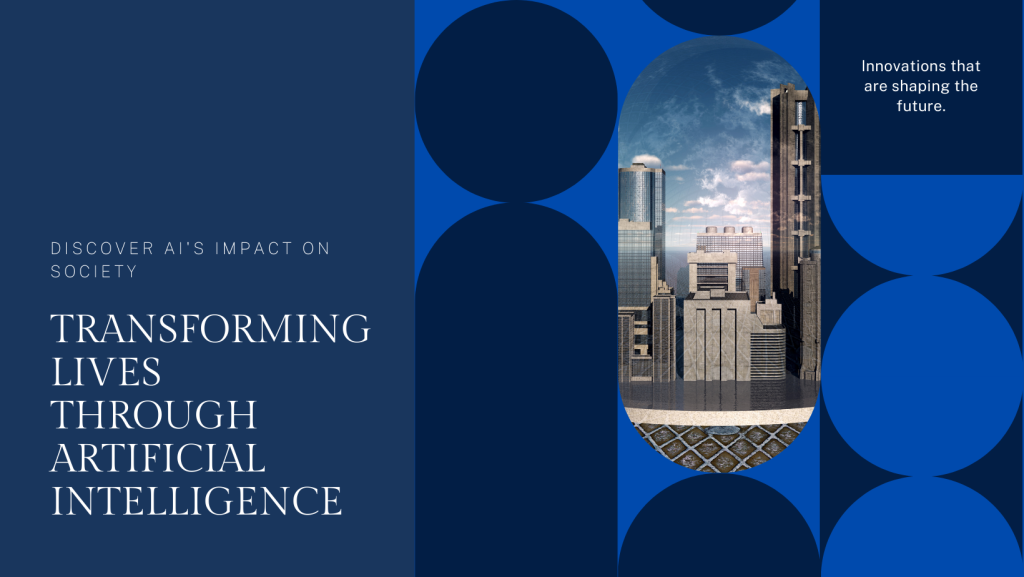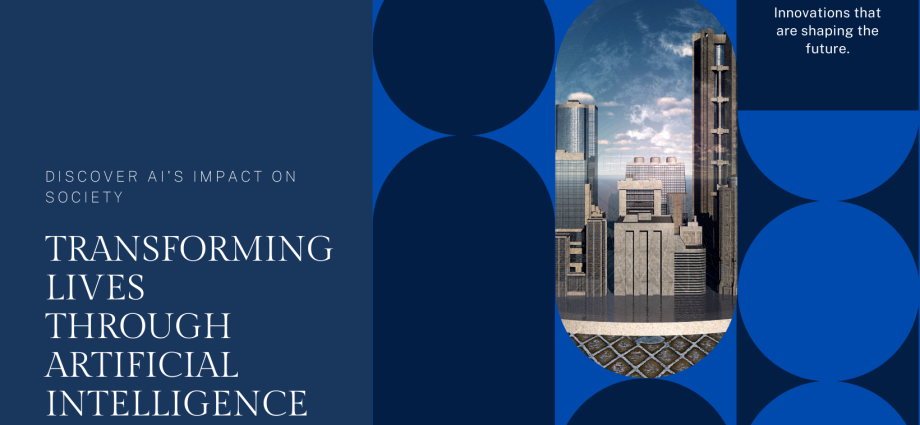Augmented Reality (AR) provides a distinctive fusion of virtual data and physical experiences, enhancing contemporary life in a number of ways. AR technologies are changing the way we see and engage with the world around us. Applications range from remotely assisted living and immersive gaming to interactive educational resources and retail experiences.
The field of education and training is where augmented reality is having one of the biggest effects. Through the use of virtual models, AR applications let students visualize difficult ideas and participate in hands-on learning. By enabling hands-free operation, remote communication, and real-time information overlays, augmented reality (AR) improves efficiency in the workplace.
AR experiences provide unprecedented levels of immersion and engagement in the entertainment and leisure sectors. AR gives us a world of possibilities for leisure and discovery, from exploring virtual art installations layered on city streets to interactive museum displays and location-based gaming experiences.
The potential for AR technology to be integrated into several facets of contemporary culture is enormous as it develops further. Nonetheless, the appropriate development and implementation of AR applications must take user safety, data privacy, and accessibility as top priorities.



Comments are closed, but trackbacks and pingbacks are open.